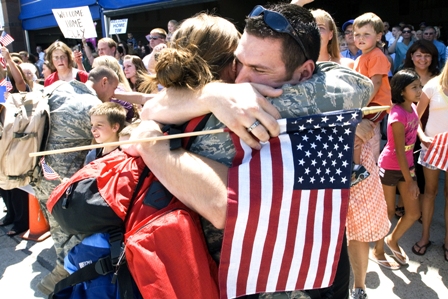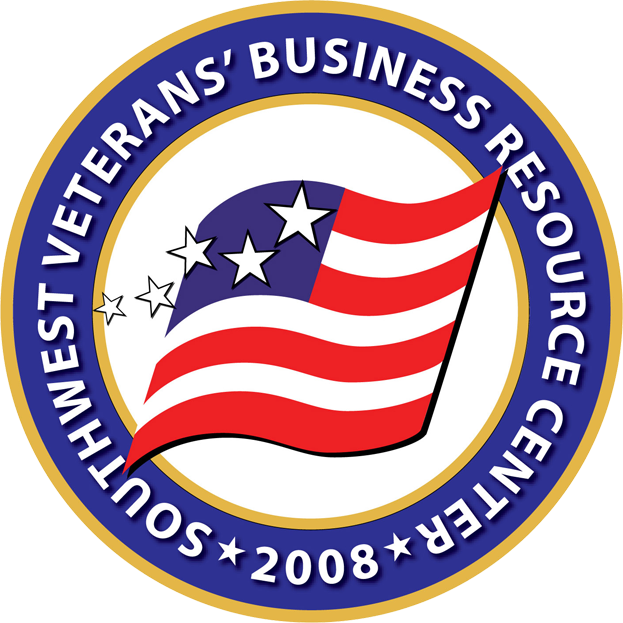Welcome to Leningrad
In this beautiful city of canals and bridges, the sightseeing was breathtaking. The former capital of a grand and Glorious empire, which stretched over much of the globe. It is chock-full of culture and history. Although just 300 years old it has an exciting history. Founded in 1703 by Emperor Peter the Great as his “window on the west”. Named then St. Petersburg. Sightseeing took us along the Nevsky Avenue. The main street of the city. Planned by Peter the Great as beginning the road to Novgorod and Moscow, the avenue runs from Admiralty to the Moscow Railway Station and, after making a turn at Vosstaniya Square, to the Alexander Nevsky Lavra. The chief sights include the Rastrellie Stroganov Palace, the huge neoclassical Kazan Cathedral, the Art Nouveau Bookhouse, Eliisseeff Emporium, half a dozen 18the century churches, a monument to Catherine the Great, an enormous 18th-century shopping mall, a mid 19th-century department store, the Russian National Library, and the Anichkov Bridge with its horse statues.
The Nevsky today functions as the main thoroughfare in Saint Petersburg. The majority of the city’s shopping and nightlife, as well as the most expensive apartments, are located on or right of the Nevsky Prospekt.
Summer Palace of Emperor Peter the Great. This private palace was built between 1710 and 1712. It contains just 14 rooms and was the summer residence of Peter the Great and his family from 1712 until the Emperor’s death in 1725.
The two story yellow palace is very modest in appearance for a royal residence. Each floor of the palace consists of 7 rooms. Peter the Great resided on the lower floor of the palace while his wife preferred the upper floor.
The palace stands on the bank of the Fontanka River where if flows into the mighty Neva River.
Past History of interest. A socialist City: Leningrad (1924-1941). Shortly after the Bolshevik leader Vladimir Lenin died the city was renamed from St. Petersburg to Leningrad (supposedly by public demand). During the years of the Revolution the population of the city had dropped dramatically and the city was slow to recover from the rigors and tragedies of war.
In the late 1920’s mass construction of cheap housing for workers became a very prominent feature of the Leningrad landscape. Many cultural centers, palaces of culture, were built to provide the city’s people with entertainment, clubs and other social activities. In terms of architecture most of what was built was rather modern and less than inspiring. The large apartments that had been constructed during St. Petersburg’s Imperial era were turned into “communal” (shared) apartments, housing several families. Life was not easy in the socialist city of Leningrad, but the population was to suffer even greater hardships during WWII and the dramatic 900-day Siege of Leningrad.
The siege of Leningrad lasted September 1941 to 1944. By the end of the siege, some 632,000 people are thought to have died with nearly 4,000 people from Leningrad starving to death on Christmas Day, 1941. The city, one of the primary targets of “Operation Barbarossa” was expected “to fall like a leaf” (Hitler)
This was undoubtedly the most tragic period in the history of the city. A period full of suffering and heroism. The city’s almost 3 million civilians (including about 400,000 children) refused to surrender and endured rapidly increasing hardships in the encircled city. Food and fuel stocks were limited to a mere 1-2 month supply. Public transportation was not operational and by the winter of 1941-1942, there was no heating, no water and almost no electricity and very little food. Only about ¼ of a pound of bread per day.
In January and February of 1942, 200,000 people died in Leningrad of cold and starvation. Despite these tragic losses and inhuman conditions the city’s war industries still continued to work and the city did not surrender.
The treasures of the Hermitage and the suburban palaces were hidden in the basement of the Hermitage and St. Isaac’s Cathedral. For some extremely interesting facts (5 pages) google “The Siege of Leningrad.
Other items of sightseeing included a visit to the palace of Catherine the Great. The palace may even be more impressive than the Hermitage.
Evening entertainment consisted of dinner at the city’s best restaurant atop the Leningrad Hotel with a magnificent view. We also were treated to an evening at the Opera and an evening of ballet. We completed our time in Leningrad on 16 July 1989 at 0930 and headed for Tallin. A 6 hour trip by bus.
 A welcoming home for our Troops.
A welcoming home for our Troops.

